See How Fast Your iPhone Really Is (and How to Speed It up)
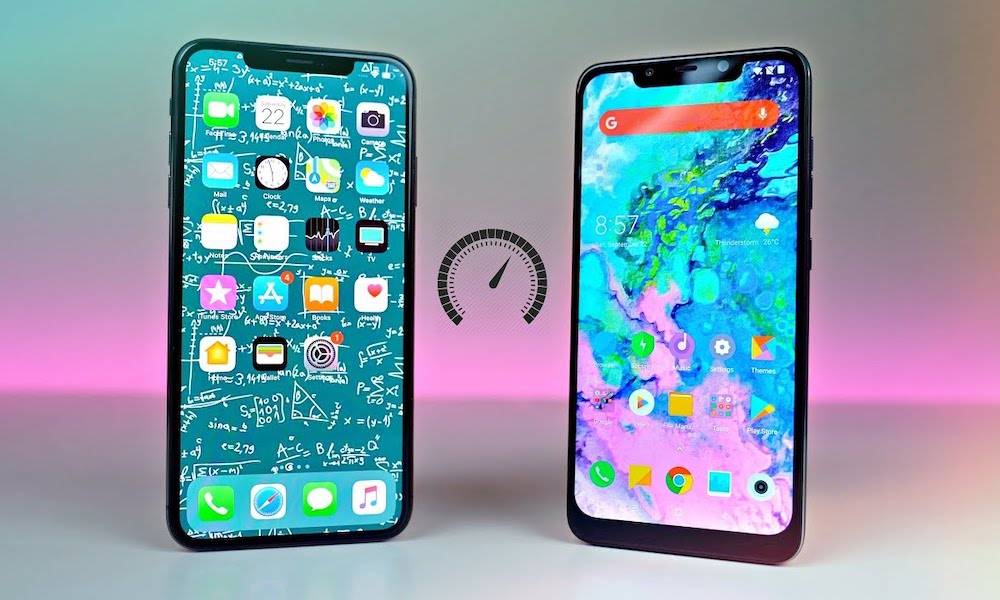 Credit: YouTube / Tech Smartphones
Credit: YouTube / Tech Smartphones
Apple makes the fastest smartphones in the world. But that doesn’t mean individual iPhones can’t run into performance problems or sluggishness. Luckily, if your own iPhone seems slower than it should be, there are a number of things you can do to test its performance and if you notice a problem, boost the speed of your iPhone. Continue reading to learn See How Fast Your iPhone Really Is (and How to Speed It up).
9 First Check on Your Performance

First things first: you’ll probably want to see how fast your iPhone is before you actually take any steps to speed it up. Luckily, there are a variety of speed testing apps that you can use to check the performance of your own device.
Geekbench 4 and AnTuTu are both good options for testing your CPU performance.
Those apps may be able to spot any performance abnormalities with your iPhone. On the other hand, speed tests like Ookla won’t give you any details on your iPhone’s performance. Instead, they test LTE or Wi-Fi speeds. So make sure the app you’re using actually tests CPU or iOS speed.
If you do notice sluggish behavior or generally slow performance on your iPhone, read through the rest of this gallery to find out speed-enhancing tips.
8 Restart Your iPhone
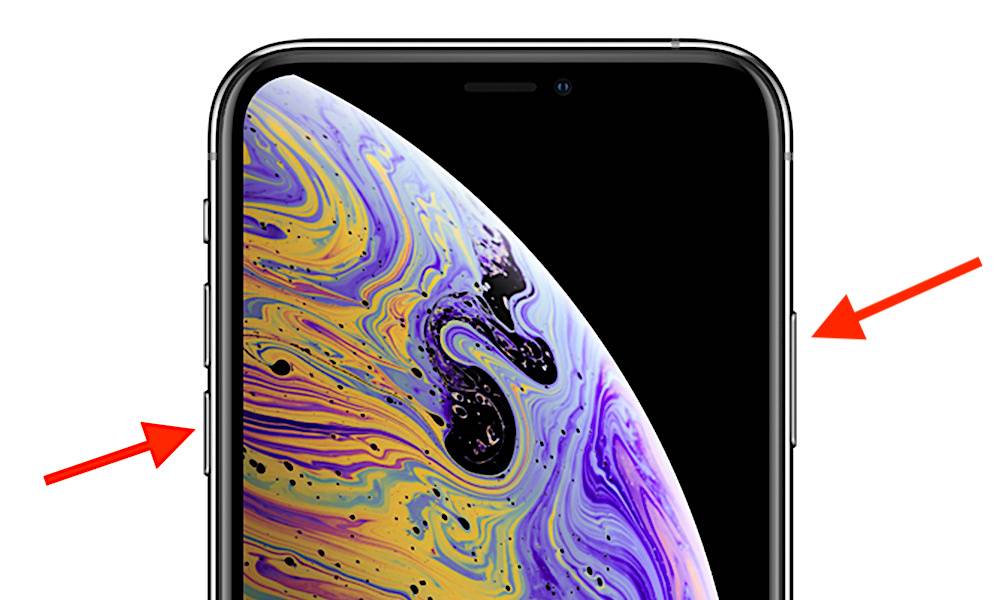
It’s a good idea to restart your iPhone when you run into problems, sluggishness included. This will clear out the memory on your device and can even fix apps that are running into problems.
You can do this by simply powering your iPhone down, or using a Force Restart. The exact method varies depending on the exact model of iPhone or iPad that you have, so check our guide on Shutting Down and Force Restarting to find out how to do so on your own device.
7 Close *Some* Apps

You may know that closing out all of your apps in the multitasking pane makes your battery life worse contrary to popular belief. But, confusingly, exiting out of non-essential apps may speed up your iPhone. That’s because open apps still take up memory.
But since this will generally have a negative impact on your battery life, you’ll want to opt for a balanced approach. Close out of non-essential apps you don’t use regularly, but keep apps that you come back to on a daily basis open.
6 Disable Background Processes
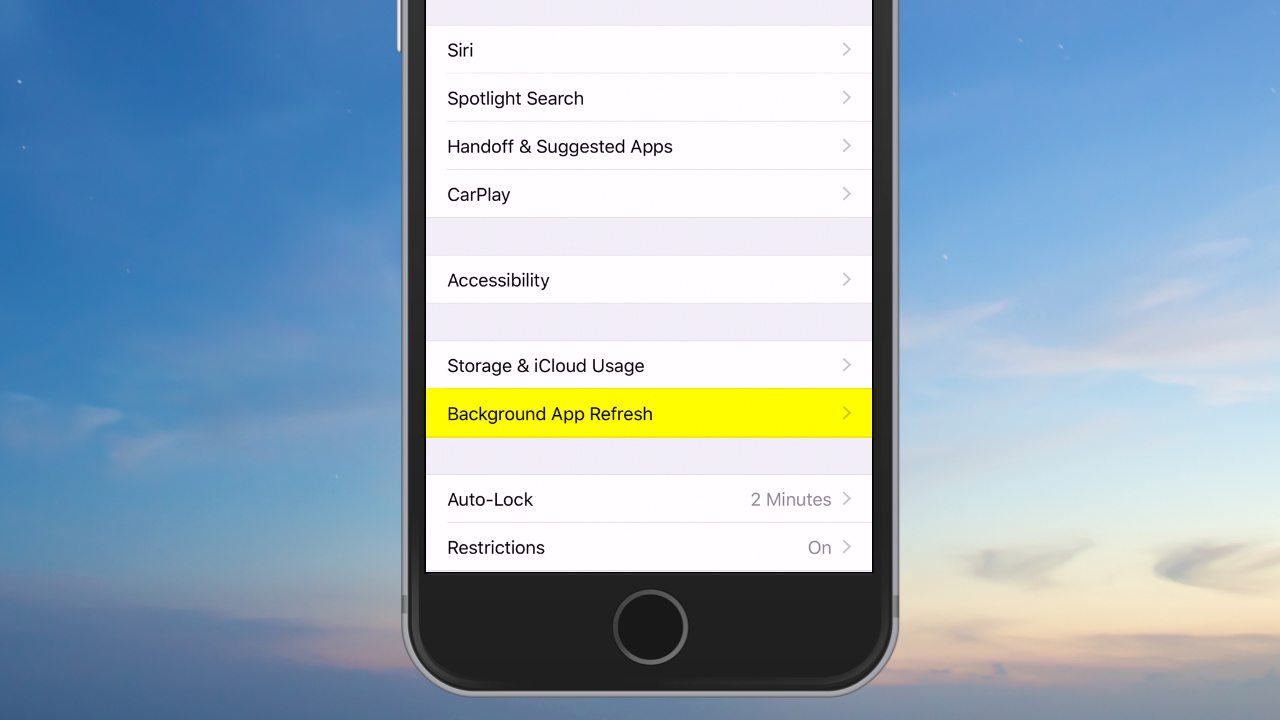
Background processes use up some of your iPhone’s RAM. But unlike the last tip, killing some automatic background processes for various apps will have a positive effect on your iPhone’s performance and battery life.
If your iPhone is sluggish, we suggest disabling Automatic Downloads by going to Settings > iTunes & App Store, and dialing all toggles under that header.
Similarly, disabling Background App Refresh by going to Settings > General and switching the toggle may help, too.
5 Clean Up Your Storage
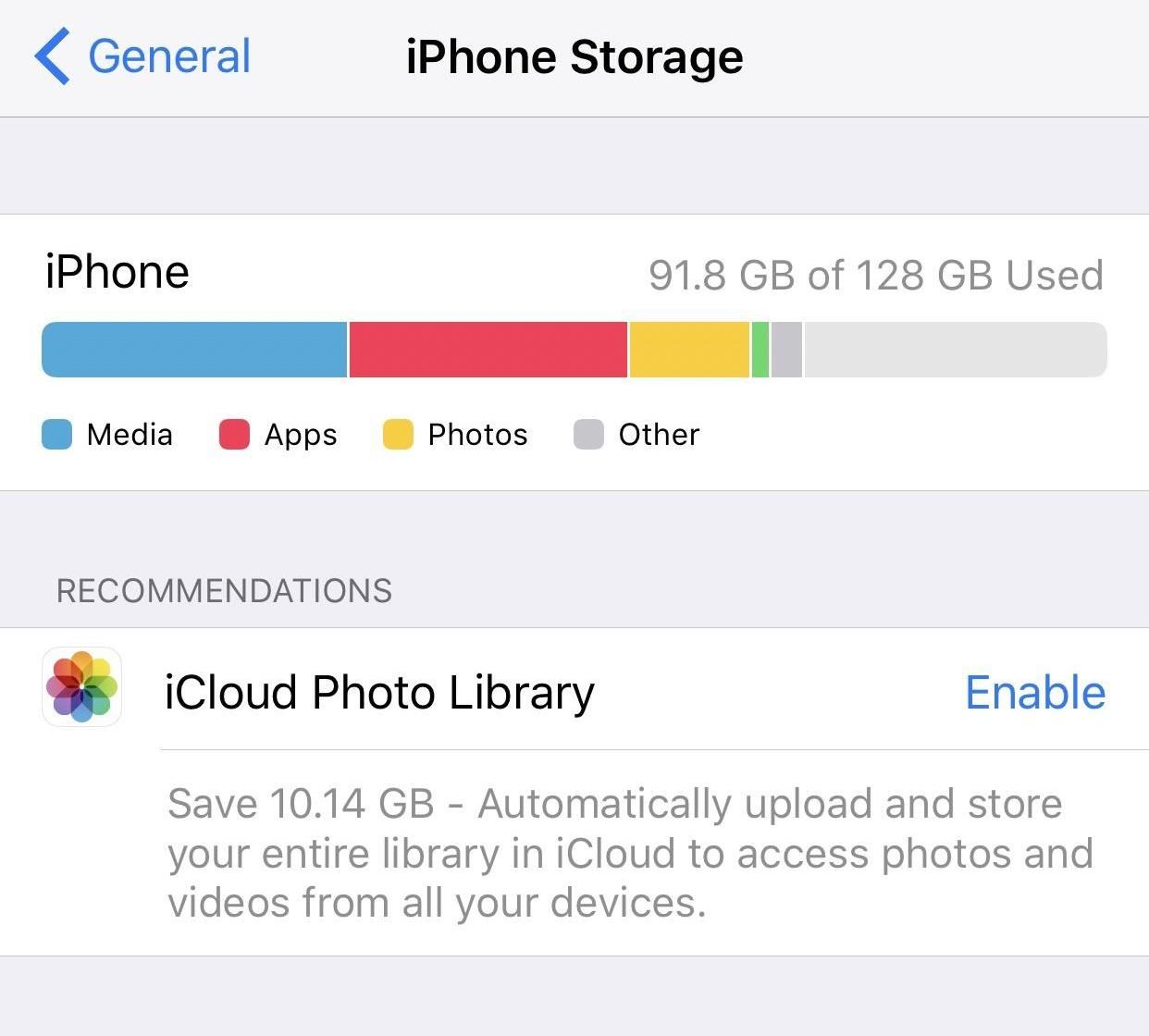
Generally, storage space doesn’t have much of an impact on your iPhone’s daily performance. But there is one important exception: when you have less than 1 gigabyte of storage left on your iPhone.
Go through and delete apps, iMessage threads, photos, media and other data that you don’t use. You can also boost memory and storage by deleting your Safari cookies and cache. Just go to Settings > Safari and tap on Clear History and Website Data.
4 Download iOS 12
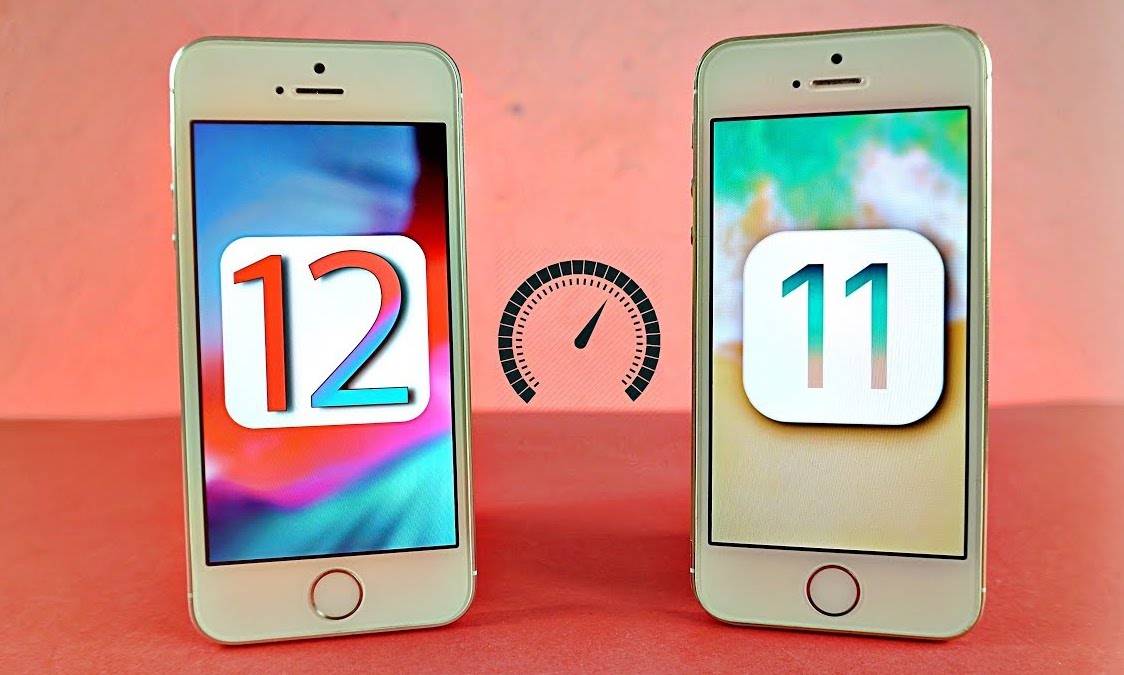
If you haven’t downloaded iOS 12, you probably should. It’s important to keep your iOS device up-to-date for a variety of reasons, including compatibility and security. But iOS 12 also features some significant performance boosts.
You’ll notice snapper behavior, faster app loading times, and other general speed bumps across the mobile operating system after downloading and installing the iOS 12 update. To find it, just go to Settings > General > Software Update.
3 Tone Down the Graphics
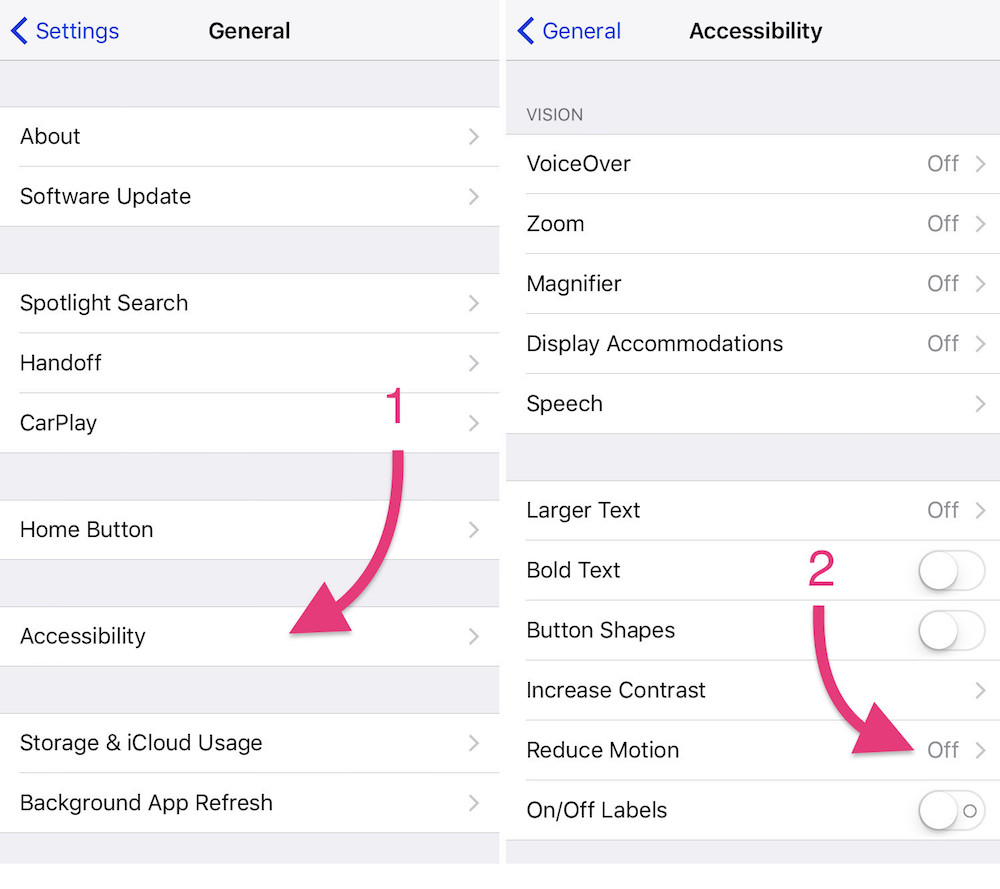
This may not be an ideal option for many people, since it pretty much degrades the smooth animations and other aesthetics of iOS. But it’s worth a shot if other methods aren’t having an impact on your iPhone’s performance.
Just go to Settings > General > Accessibility > Reduce Motion, and make sure the option is enabled. (This doesn’t free up any memory, it just speeds up app loading.)
Similarly, go back to Accessibility, tap on Increase Contrast and enable Reduce Transparency.
2 Restore & Reset
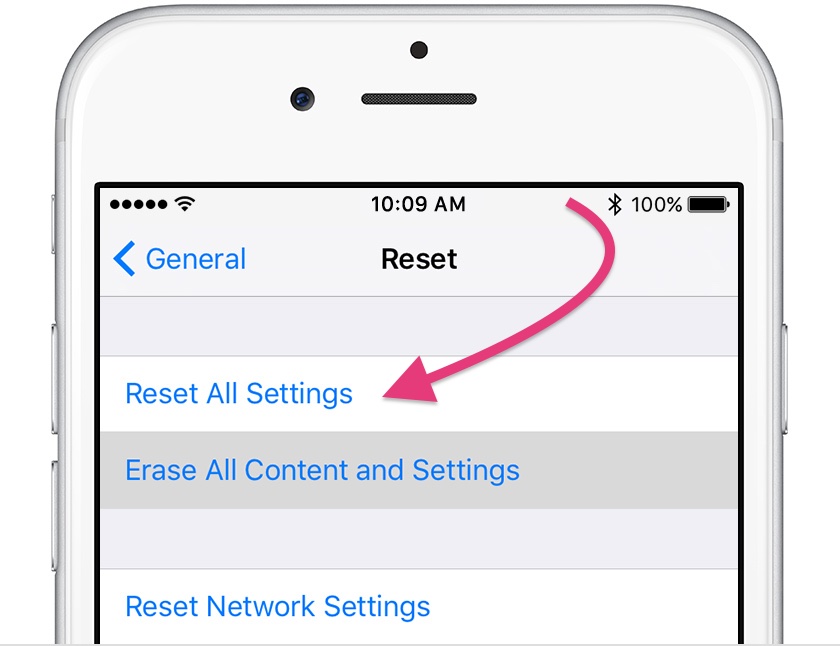
If your iPhone is still sluggish after the previously listed steps, then you may want to perform a factory reset. Most of your content and data will remain, but you’ll need to update the various preferences and settings on your device. To do so, just go to Settings > General > Reset and tap on Reset All Settings.
The next thing to try after that may be a full restore from backup. Note this will erase everything on your iPhone so proceed with caution! If you back up regularly (as you should be doing), this isn’t much of a problem. You can do so by plugging your device into a Mac or PC with iTunes, or going to Settings > General > Reset and tapping on Erase All Content and Settings.
1 Get A Battery Swap
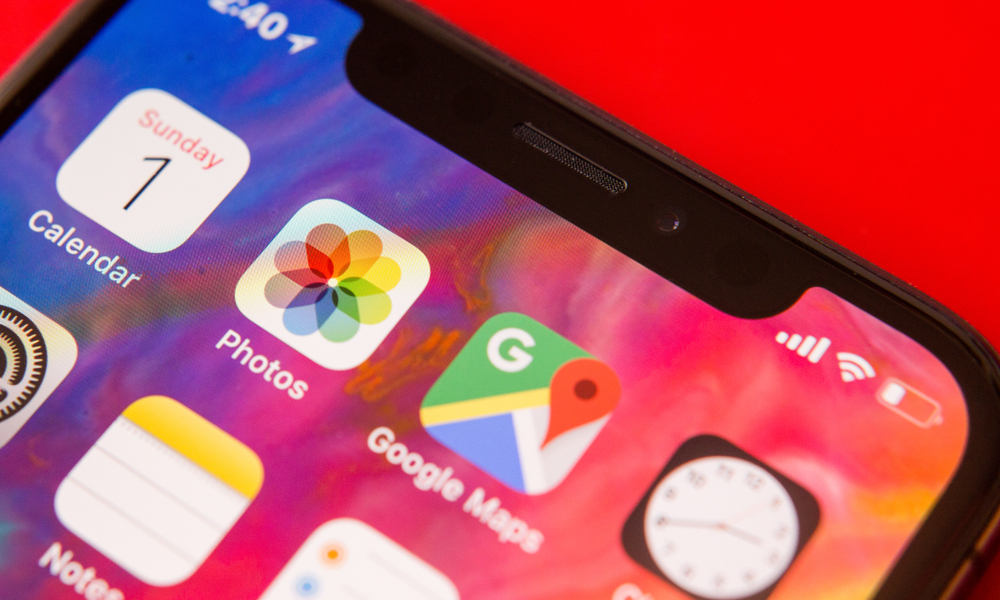
If all else fails, it may be time to take your iPhone into Apple for repairs or service. While there may be something wrong with the hardware of your device, it’s also perfectly possible that it just needs a new battery. iOS throttles devices with aging batteries to mitigate random shutdowns.
On newer versions of iOS, you actually have the option of enabling or disabling this feature (at the cost of increased random shutdowns). But, in general, getting a new battery will have a significant positive impact on your device’s performance. Through the end of 2018, they're also significantly discounted.
